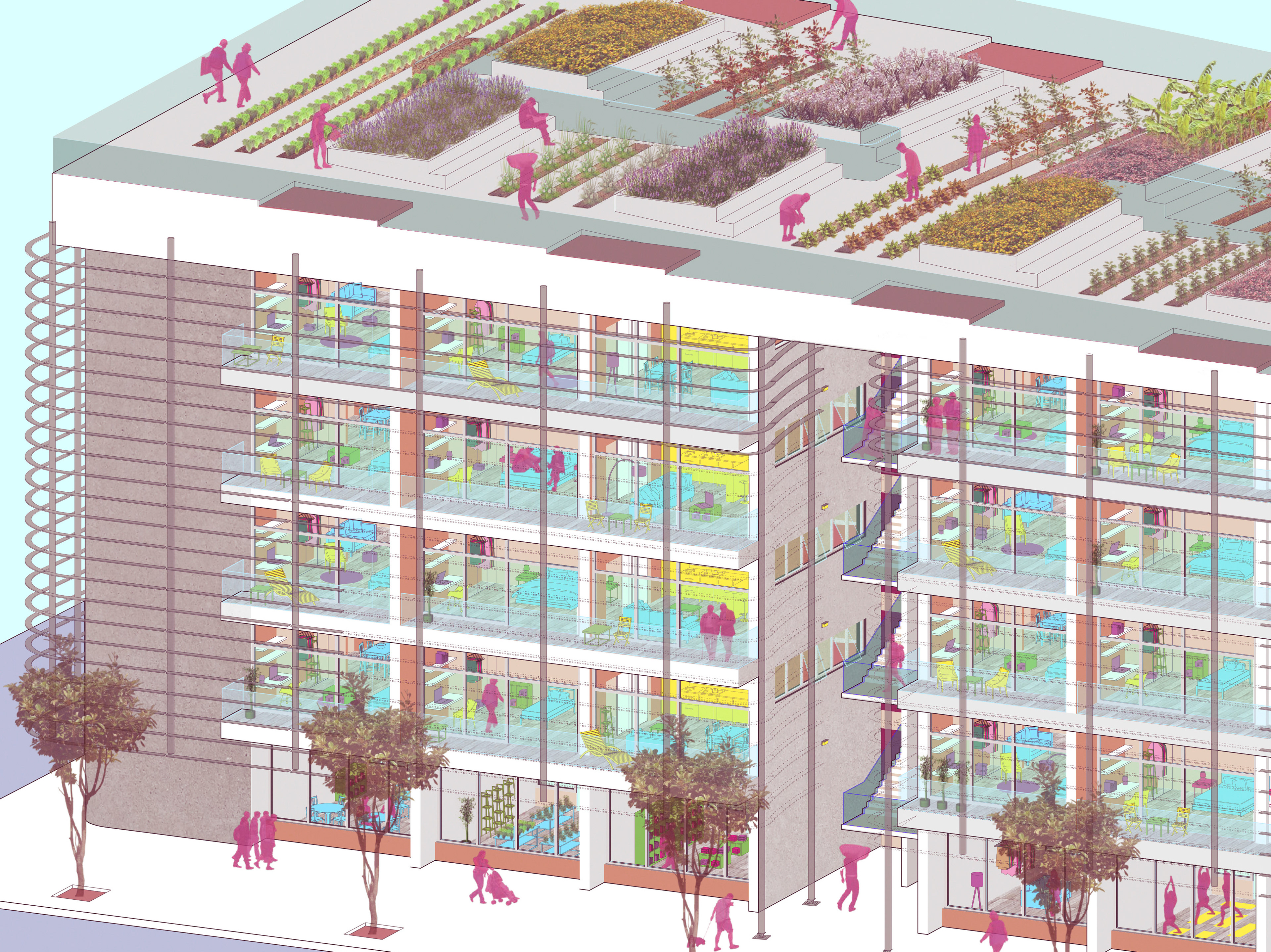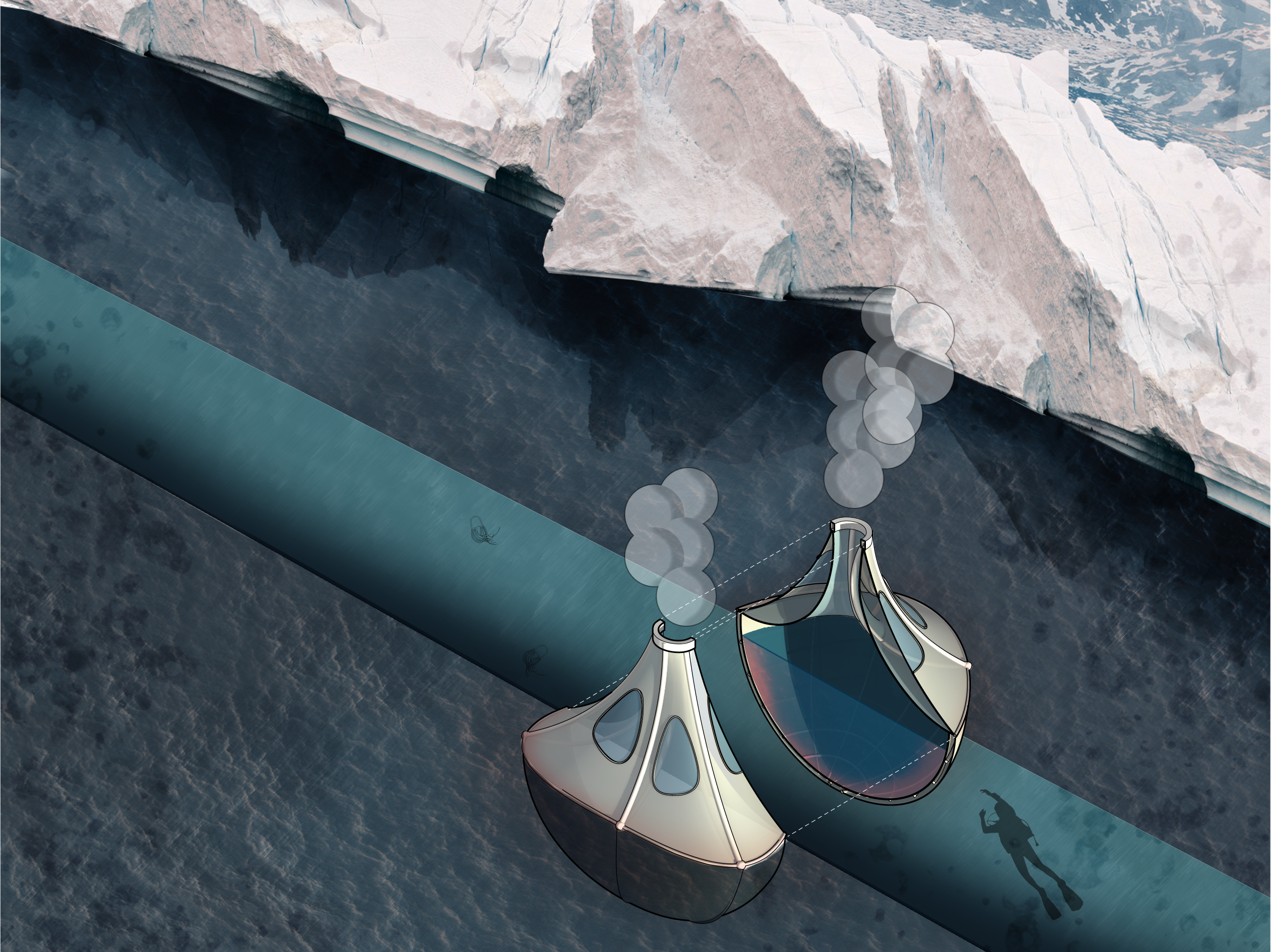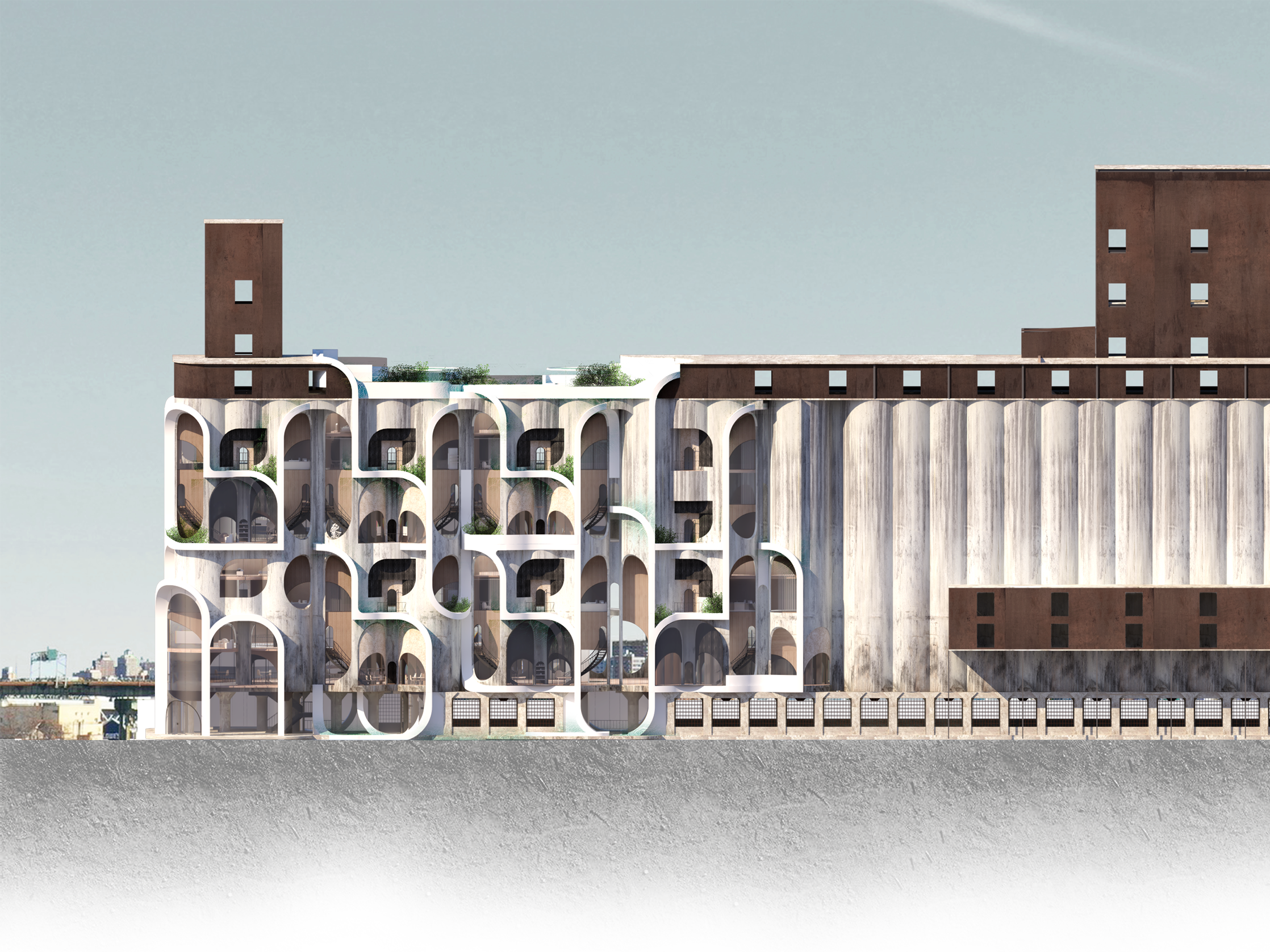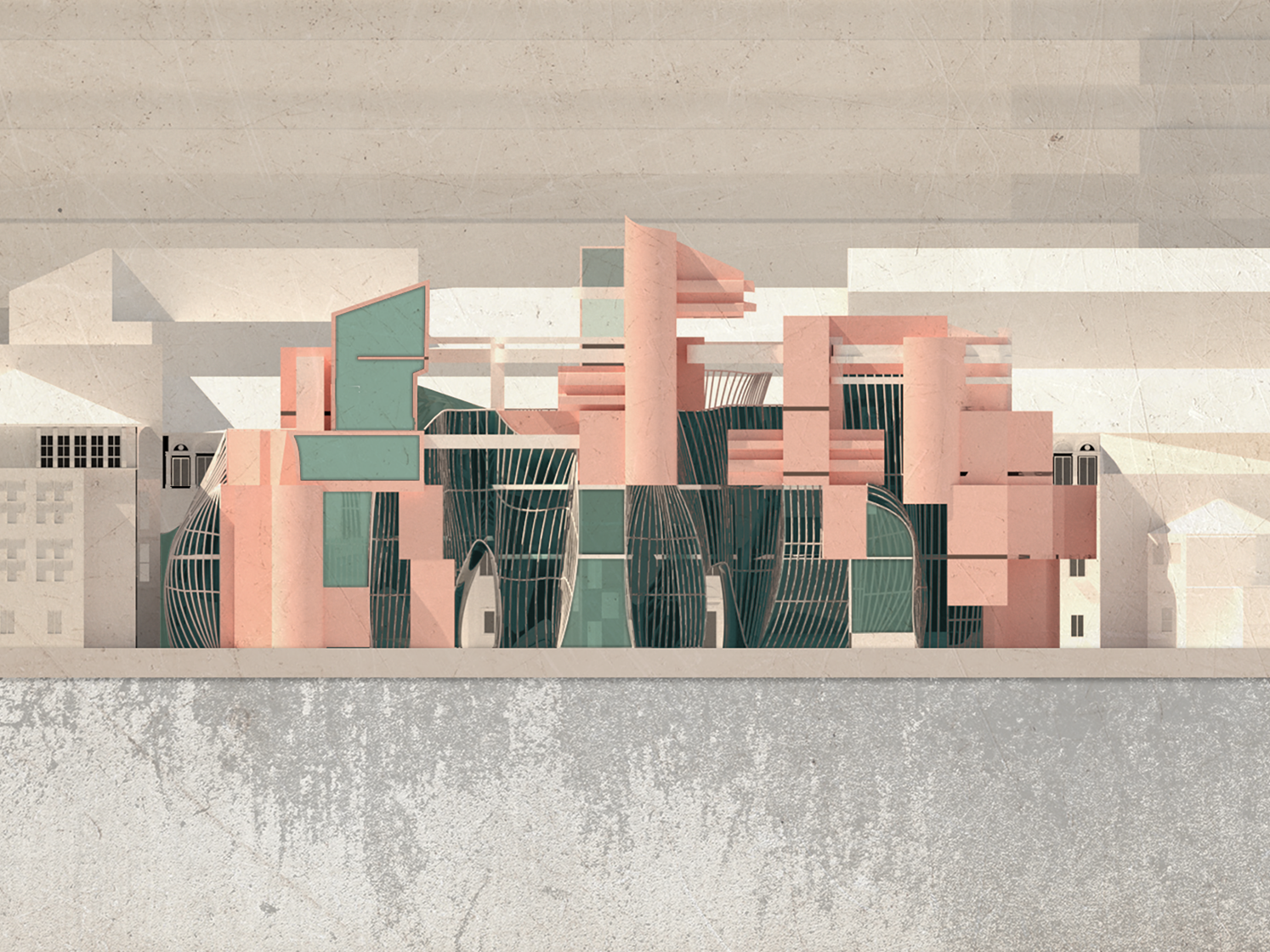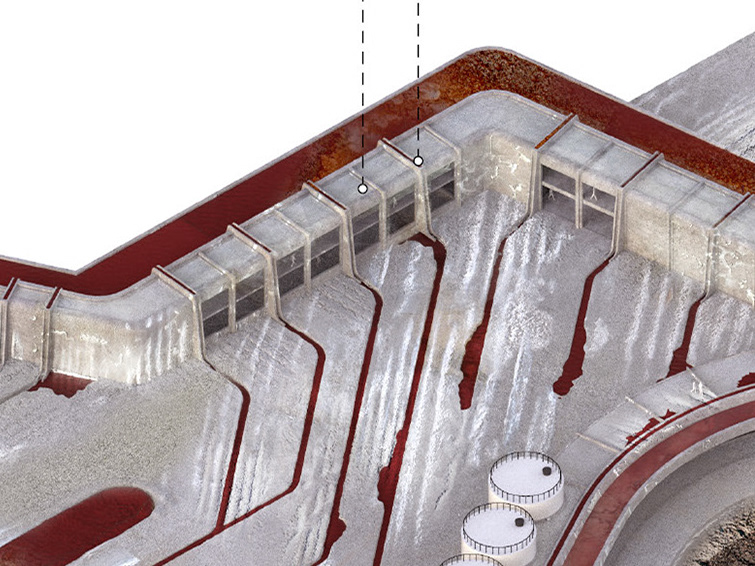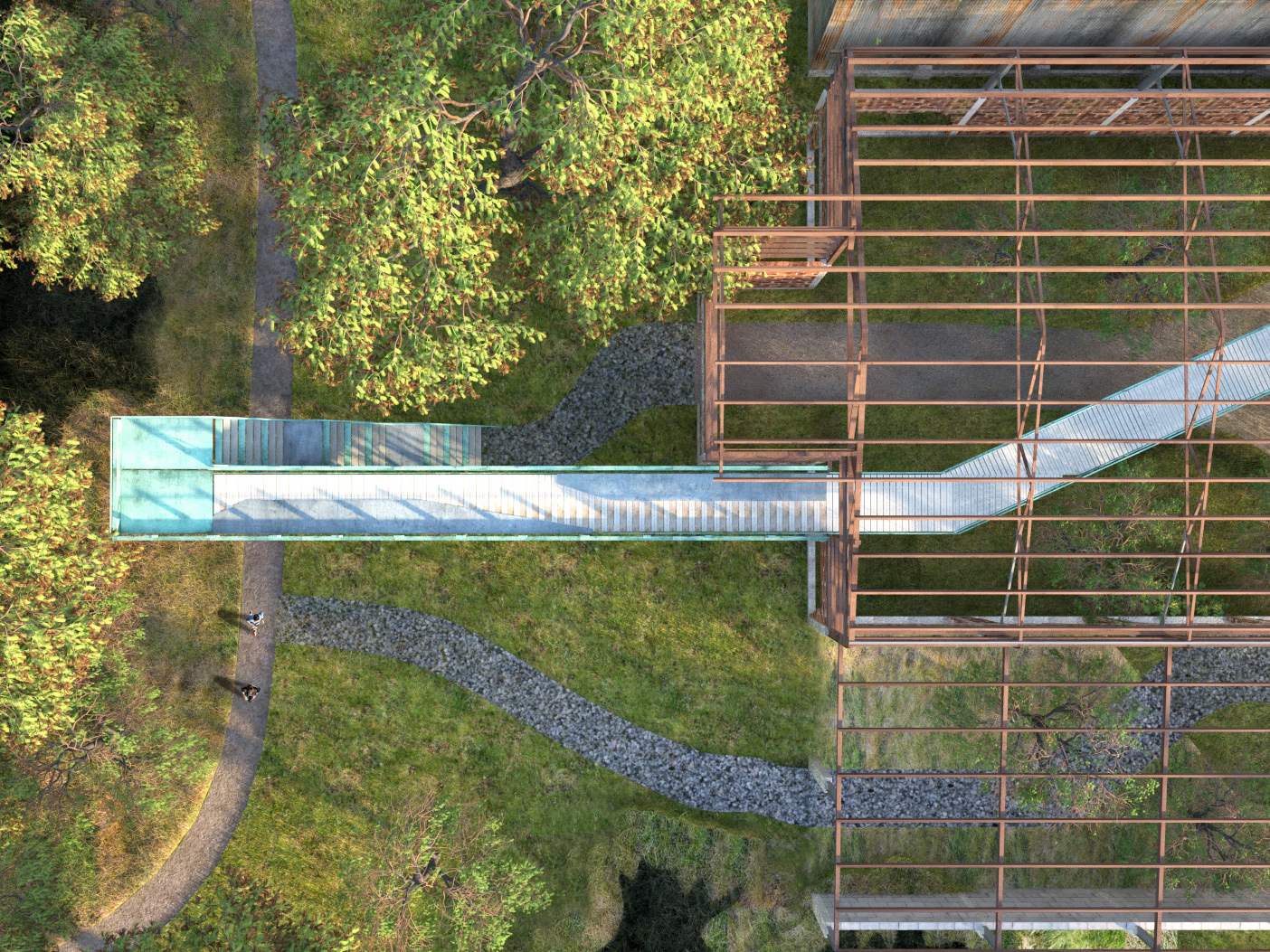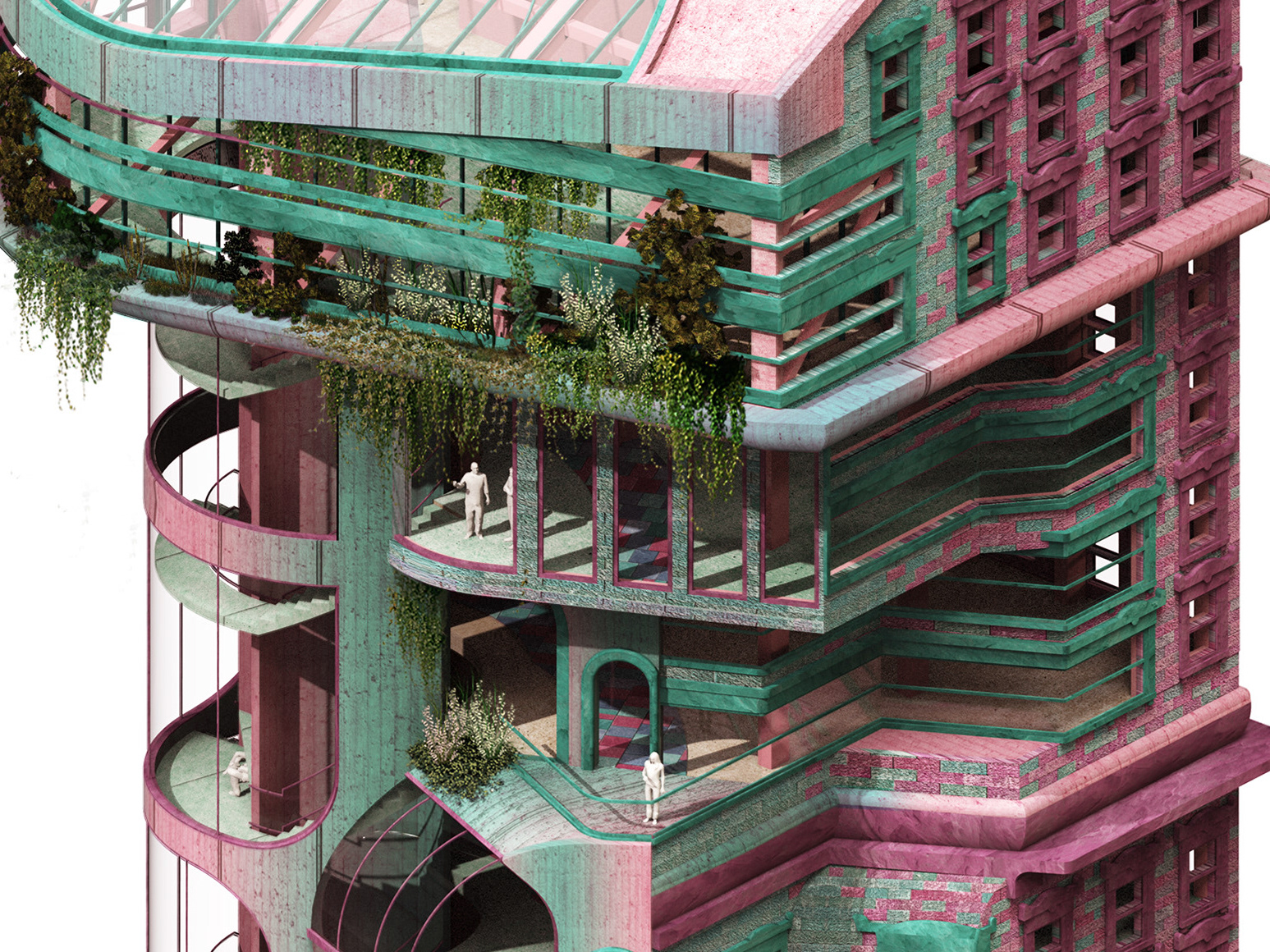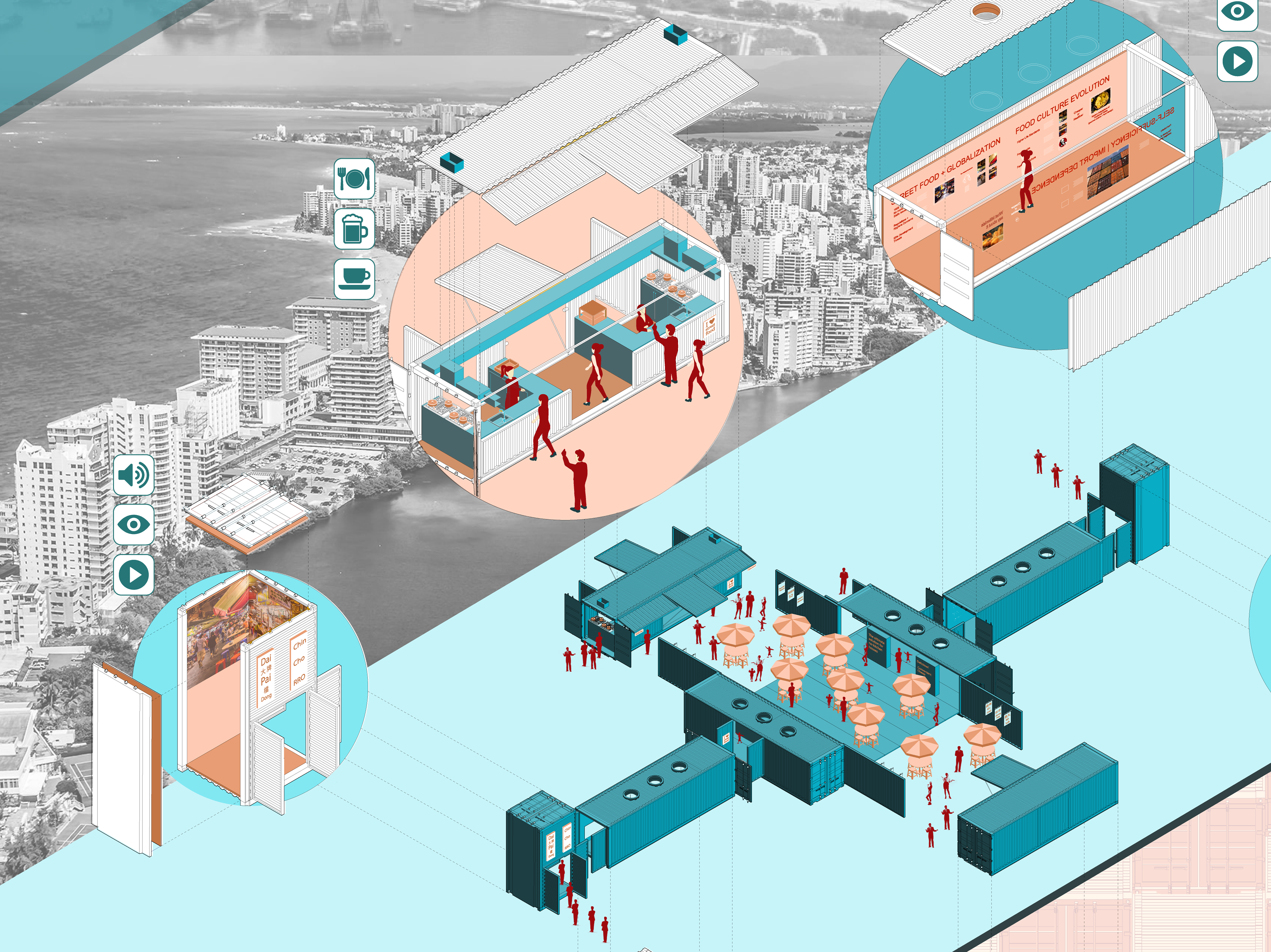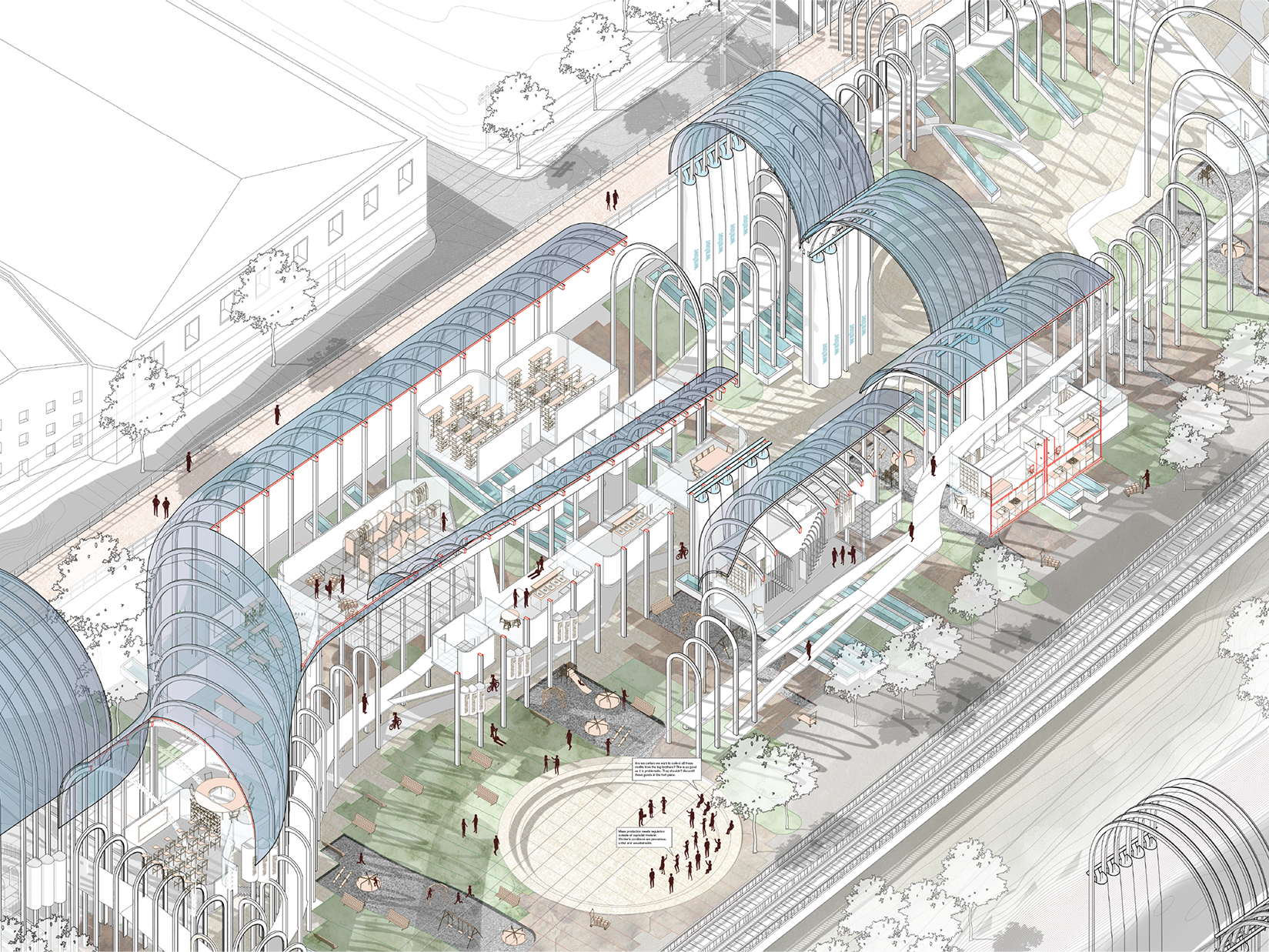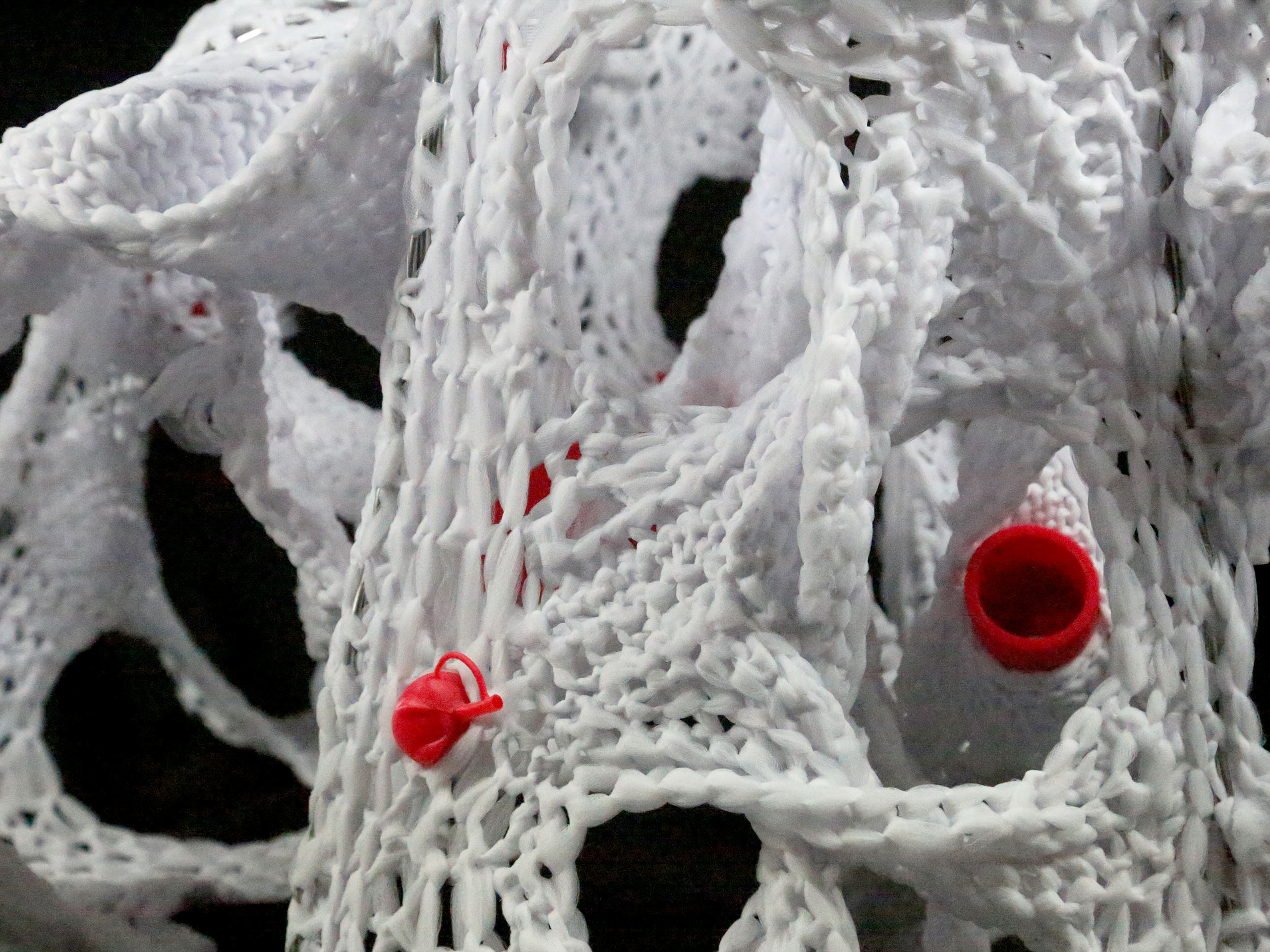Intermediate Studio - BA Environmental Design
Adaptive Reuse Joint Studio with Cornell AAP - Spring 2015
The Nomadic Self Short Circuiting emerges as a nomad’s path connecting multiple points of different hierarchies through an experiential current in which a person can flow, move, run, observe, or stand. Experience-based spaces that provide the nomadic tourist with a set of opportunities for leisure and exploration. The arrival, the movement, and the sensory stimuli together form a complete getaway of free and intuitive experiencing inside Vieques landscape.
Architecture today takes place in multiple realms and imaginaries. It is either a static object that responds to long term needs, an ephemeral approach that refugees people during natural or political catastrophes, or a collector of data that relocates a series of fluxes or sets of information into active testing scenarios; always pushing and pulling forces of real-time data and ever-changing components.
This research project is about understanding invasive and appropriation strategies in military and touristic terms, being able to translate the complex dynamics of information into transformative architectures that evolve over experience and time when displayed in artificial and then real field conditions.
This research project is about understanding invasive and appropriation strategies in military and touristic terms, being able to translate the complex dynamics of information into transformative architectures that evolve over experience and time when displayed in artificial and then real field conditions.
On the premise that invasion is a hostile act and that all creatures and living beings are exposed to invasive forces, then we can state that military behaviors and maneuvers are omnipresent, from the physical and biological world to the virtual existence. One must take as given that every invasive force is non-orientable and orientable as it collects data within a process of adaptation and appropriation. In a sense, architecture here must claim to work as an evolutionary change resulting from open-ended approaches.
“…field conditions here imply the acceptance of the real with all its messiness and unpredictability. Treat constraints as opportunities… working with, and not against the site… registering the complexity of the given.” [From Object to Field, Stan Allen]
The Formal Drivers: Simulation and Recognition
The first part of the project consisted in simulating the three selected strategies: two touristic and one military [the formal drivers]. Each team member had to select one and develop deployable strategies from them. All being aware of the inherent invasive qualities, forces or effects they may possess on their own field conditions. At this point all the appropiations must me understood as non-orientable, then they must be orientable to Vieques realities.
Deployment Strategies
The second part aimed to reconceive inhabitation and intervention problems with design strategies that resembled. The formal drivers were deployed in the contextual condition of Vieques as instruments that could generate design interventions in the island, systematically intervening in the field and accepting its uncertainty, “moving away from the image and essence toward relations and self-designing processes.” (Ambient Machines, Sanford Kwinter)
1. Territory Generating Machine: An elevation range finder system for generating territorial conditions and isolating zones of action
2. Route Generating Machine: A circuit/path development system
3. Plot Finding Machine: A netting system for deforming a territory’s existing plot structure
